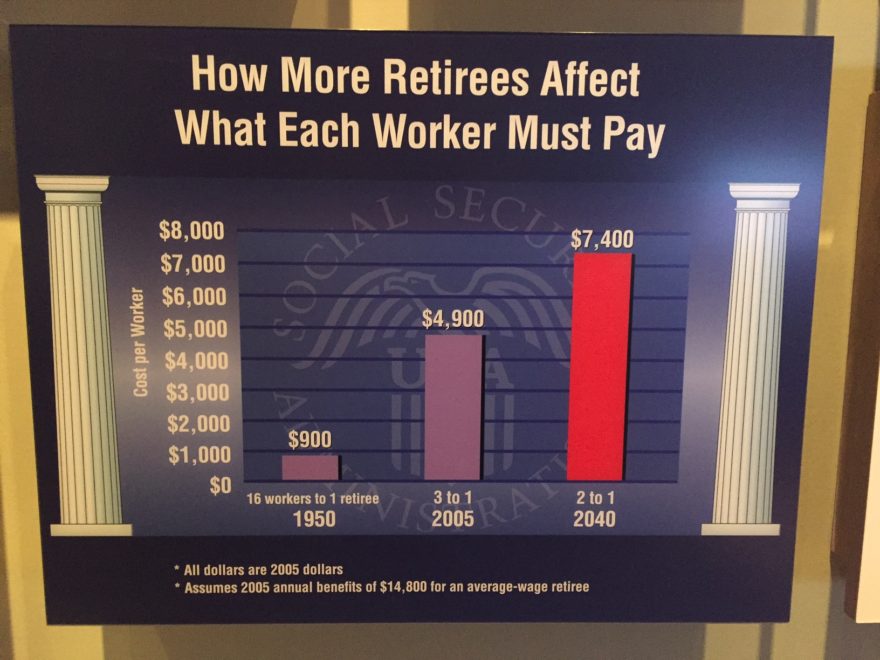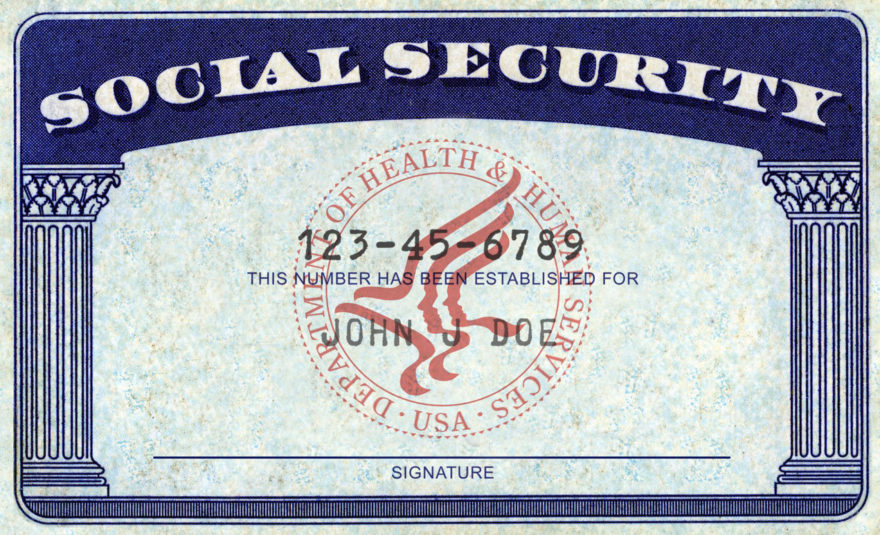The Social Security Statement you receive is often incomplete if you are married, were married, or are a widow or widower. Your statement shows your own earnings history and a projection of your individual benefits, but never shows your eligible benefits as a spouse, ex-spouse, or survivor.
In general, when someone is eligible for more than one type of Social Security benefit, they will receive the larger benefit, not both. But how are you supposed to know if the spousal benefit is the larger option? Social Security is helpful with applying for benefits, but they don’t exactly go out of their way to let you know in advance about what benefits you might receive or when you should file for these benefits.
The rules for claiming spousal benefits, divorced spouse benefits, and survivor benefits are poorly understood by the public. And unfortunately, many financial advisors don’t understand these rules either, even though Social Security is the cornerstone of retirement planning for most Americans. Today we are giving you the basics of what you need to know. With this information, you may want to delay or accelerate benefits. The timing of when you take Social Security is a big decision, one which has a major impact on the total lifetime benefits you will receive.
1) Spousal Benefits. If you are married, you are eligible for a benefit based on your spouse’s earnings, once your spouse has filed to receive those benefits. If you are at Full Retirement Age (FRA) of 66 or 67, your spousal benefit is equal to 50% of your spouse’s Primary Insurance Amount (PIA). If you start benefits before your FRA, the benefit is reduced. You could start as early as age 62, which would provide a benefit of 32.5% of your spouse’s PIA. Calculate your benefit reduction here.
If your own benefit is already more than 50% of your spouse’s benefit, you would not receive an additional the spousal benefit. When you file for Social Security benefits, the administration will automatically calculate your eligibility for a spousal benefit and pay you whichever amount is higher. A quick check is to compare both spouse’s Social Security statements; if one of your benefits is more than double the other person’s benefit, you are a potential candidate for spousal benefits.
If your spouse is receiving benefits and you have a qualifying child under age 16 or who receives Social Security disability benefits, your spousal benefit is not reduced from the 50% level regardless of age.
Please note that spousal benefits are based on PIA and do not receive increases for Deferred Retirement Credits (DRCs), which occur after FRA until age 70. While the higher-earning spouse will receive DRCs for delaying his or her benefits past FRA, the spousal benefit does not increase. Furthermore, the spousal benefit does not increase after the spouse’s FRA; it is never more than one-half of the PIA. If you are going to receive a spousal benefit, do not wait past your age 66, doing so will not increase your benefit!
2) Divorced Spouse Benefits. If you were married for at least 10 years, you are eligible for a spousal benefit based on your ex-spouse’s earnings. You are eligible for this benefit if you are age 62 or older, unmarried, and your own benefit is less than the spousal benefit. A lot of divorced women, who may have spent years out of the workforce raising a family, are unaware of this benefit.
Unlike regular spousal benefits, your ex-spouse does not have to start receiving Social Security benefits for you to be eligible for a benefit as an ex-spouse, as long as you have been divorced for at least two years.The ex-spouse benefit has no impact on the former spouse or on their subsequent spouses. See Social Security: If You Are Divorced.
If you remarry, you are no longer eligible for a benefit from your first marriage, unless your second marriage also ends by divorce, death, or annulment.
A couple of hypothetical scenarios, below. Please note that the gender in these examples is irrelevant. It could be reversed. The same rules also apply for same-sex marriages now.
a) A man is married four times. The first marriage lasted 11 years, the second lasted 10 years, the third lasted 8 years, and his current (fourth) marriage started three years ago. The current spouse is eligible for a spousal benefit. The first two spouses are eligible for an ex-spouse benefit, but the third is not because that marriage lasted less than 10 years. A person can have multiple ex-spouses, and all marriages which lasted 10+ years qualify for an ex-spouse benefit!
b) A woman was married for 27 years to a high-wage earner, and they divorced years ago. She did not work outside of the home and does not have an earnings record to qualify for her own benefit. She is 66 and unmarried, so she would qualify for a benefit based on her ex-spouse’s record.
However, if she were to marry her current partner, she would no longer be eligible for her ex-spousal benefits. If the new spouse was not receiving benefits, she could not claim spousal benefits until he or she filed for benefits. Additionally, if the new partner is not a high wage earner, her “old” benefit based on the ex-spouse may be higher! Some retirees today are actually not remarrying because of the complexity it adds to their retirement and estate planning. And in some cases, there is an actual reduction in benefits by remarrying.
3) Survivor Benefits. If a spouse has already started their Social Security benefits and then passes away, the surviving spouse may continue to receive that amount or their own, whichever is higher. The survivor’s benefit can never be more than what they would receive if the spouse was still alive.
If the deceased spouse had not yet started benefits, the widow or widower can start survivor benefits as early as age 60, but this amount is reduced based on their age (See Chart). Widows or widowers who remarry after they reach age 60 do not have their survivorship eligibility withdrawn or reduced.
One way to look at the survivorship benefit: which ever spouse has the higher earnings history, that benefit will apply for both spouse’s lifetimes. The higher benefit is essentially a joint benefit. For this reason, it may make sense for the higher earner to delay until age 70 to maximize their benefit. If their spouse is younger, is in terrific health, and has a family history of substantial longevity, it may be profitable to think of the benefit in terms of joint lifetimes.
Additionally, Social Security offers a one-time $255 death benefit and also has benefits for survivors who are disabled or have children under age 16 or who are disabled.
The challenge for planning is that none of these three benefits – spousal, ex-spouse, or survivor – are indicated on your Social Security statement. So it is very easy to make a mistake and not apply for a benefit. I like for my clients to send me a copy of their Social Security statements, and I have to say that more than half of the clients I have met don’t understand how these benefits work, even if they are aware that they are eligible.
Social Security Administration: it’s time to fix your statements. You can do better.













